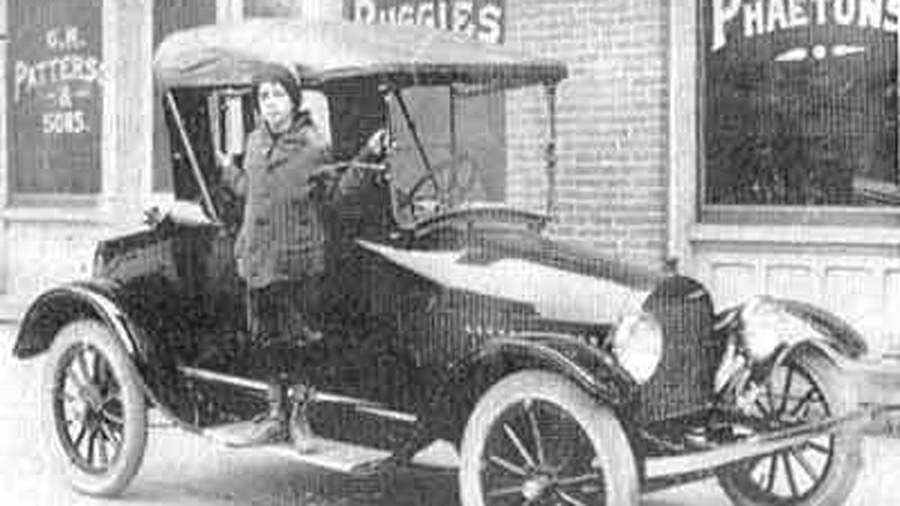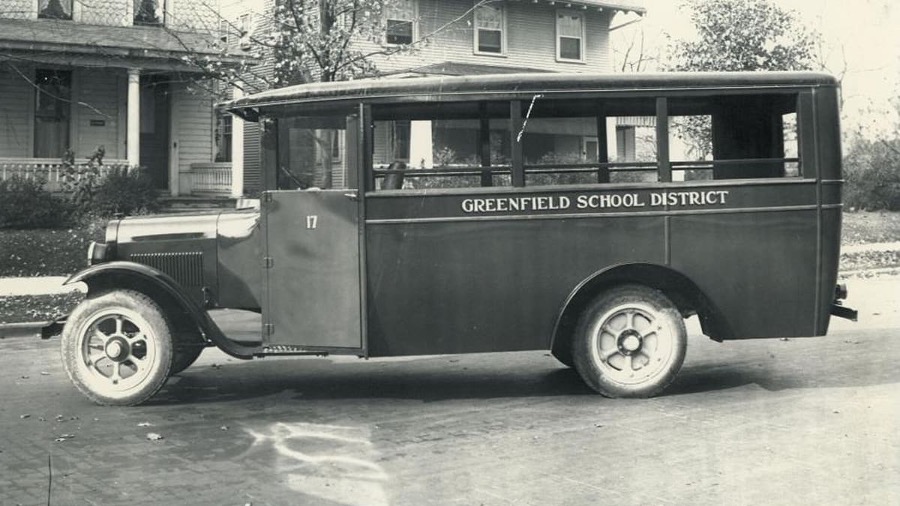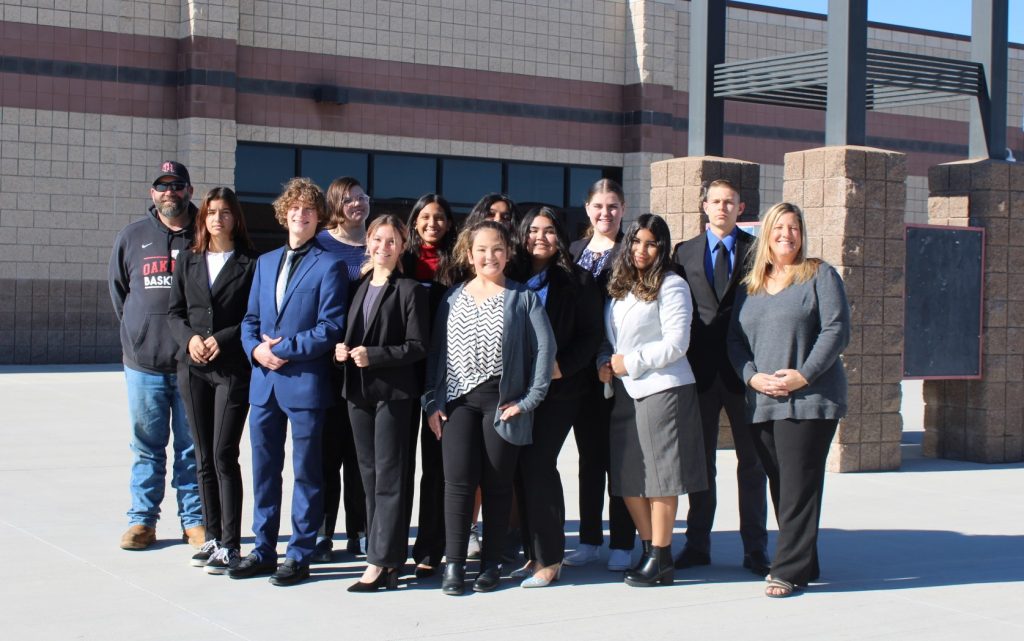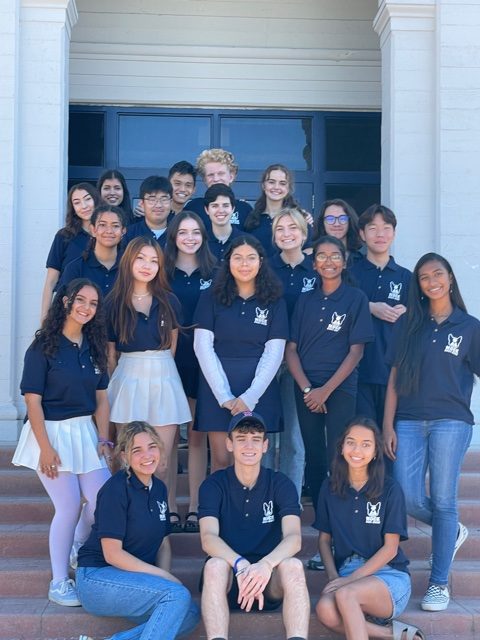Crafton Hills and Colton-Redlands-Yucaipa Regional Occupational Program receive funding to create a pipeline to community college Career Technical Education pathways
YUCAIPA, CA— The California Community College’s (CCC) Strong Workforce project has awarded funding to Crafton Hills College (CHC) to expand and strengthen its partnership with the Colton-Redlands-Yucaipa Regional Occupation Program (CRY-ROP).
The award is from Strong Workforce’s “Building Bridges from High School to Community College” project. CHC will use the funding to provide area high school students with the opportunity to learn about the benefits of attending community college and completing career and technical education (CTE) certificates or degrees.
“Crafton Hills College is incredibly excited about this partnership,” said CHC Dean of Student Equity and Success Dr. Ivan Peña. “This funding will help us continue to build on our track record of leading the Inland Empire in transfers to four-year universities and promote some of our highly sought-after career and technical education programs.”
CHC aims to improve enrollment and completion rates of students in its established CTE pathways for students from partner high schools. CHC will add two senior student services staff members who will work directly with CRY-ROP to provide college and career awareness workshops, college visit opportunities, financial aid awareness and other research-proven activities and services to help local high school students enroll and succeed in college. CHC and ROP staff will provide onsite advising and transition services, individualized college transition/career plans and support in navigating the postsecondary environment. Project services will promote student success by addressing equity and access gaps faced by underserved and vulnerable student populations.
“We are pleased to formalize our partnership with Crafton Hills College to work side by side to benefit all CTE students,” said CRY-ROP Superintendent Tracie Zerpoli. “With the addition of the Student Services Technician positions, students will plan their future and make a seamless transition to college and career. We are grateful for this opportunity.”
 Westside Story Newspaper – Online The News of The Empire – Sharing the Quest for Excellence
Westside Story Newspaper – Online The News of The Empire – Sharing the Quest for Excellence



